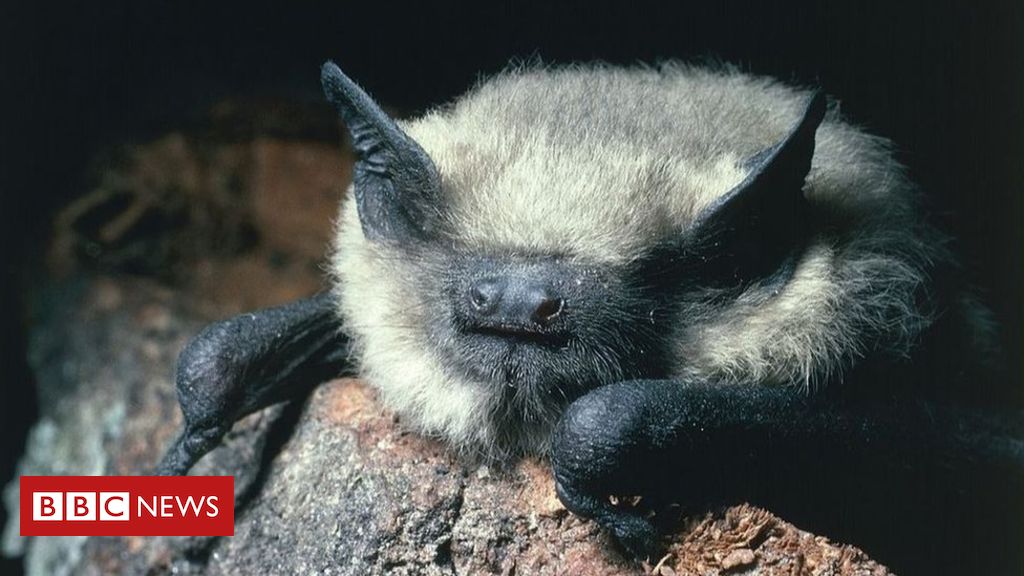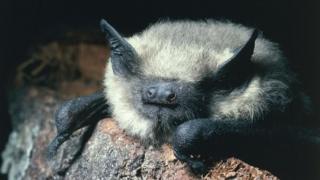Image copyright
Getty Images
Undisturbed hedgerows provide an important habitat for numerous bat species and their insect prey
Leaving hedgerows untouched can offer an important lifeline for night-time biodiversity, such as bats.
A study says schemes designed to make farming more wildlife-friendly often failed to offer any real benefits.
Populations of insect-eating bats crashed throughout western Europe during the late 20th Century.
The authors hope the findings will highlight how European environmental-friendly farming schemes could be adapted to benefit nocturnal wildlife.
Bats perform ‘vital pest control’
Extreme weather risks for bats
How bats keep an ear on their prey
Paying for protection
Within the European Union, the Common Agricultural Policy (CAP) accounts for more than half of the entire budget of the 29-nation bloc.
It has been reformed in recent years from supporting a system of intensive farming to production that was more supportive of the wider environment and suitable for the 21st Century.
However, explained lead author Dr Jeremy Froidevaux from the University of Bristol, there was little evidence or data on what sort of impact the agri-environmental (environmentally-friendly farming) schemes (AESs) were having on enhancing much-depleted bat populations.
“At the time we designed the study back in 2015, there was very little evidence,” he told BBC News.
“Yet agricultural intensification constitutes one of the main pressures threatening the survival of bats and their insect prey, and AESs represent the main policy instruments for biodiversity conservation in farmland.”
In order to gain a better understanding on whether such schemes were helping or hindering bat populations, Dr Froidevaux and colleagues decided to carry out the study.
Lack of monitoring
The team, Dr Froidevaux observed, found out that “except organic farming, which would seem to work for bats, many schemes implemented in England and elsewhere to enhance bat populations actually lack monitoring which prevents an assessment of their outcomes”.
Nevertheless, he added: “Other studies in Scotland and Wales demonstrated that bats did not benefit from common AES prescriptions, such as creation and management of species-rich grassland, field and water margins management etc.”
One measure that did seem to return positive results was the protection and delayed trimming of hedgerows that provided a valuable habitat for bat species, and their insect prey.
In a 2015 study, it was estimated that bats provided a service worth an estimated US $1bn (£649m) globally by controlling pests on corn crops.
However, as bat numbers were plummeting then the service was being lost and farmers were having to turn to alternatives, such as pesticides, in order to curb the spread of the insects that were normally eaten by the bats.
Dr Froidevaux said that AESs needed to be tailored to make them more effective for nocturnal species such as bats.
“(These schemes) that are too generic and do not specifically prescribe severe habitat modifications in favour of bats are likely to be ineffective,” he concluded.

















